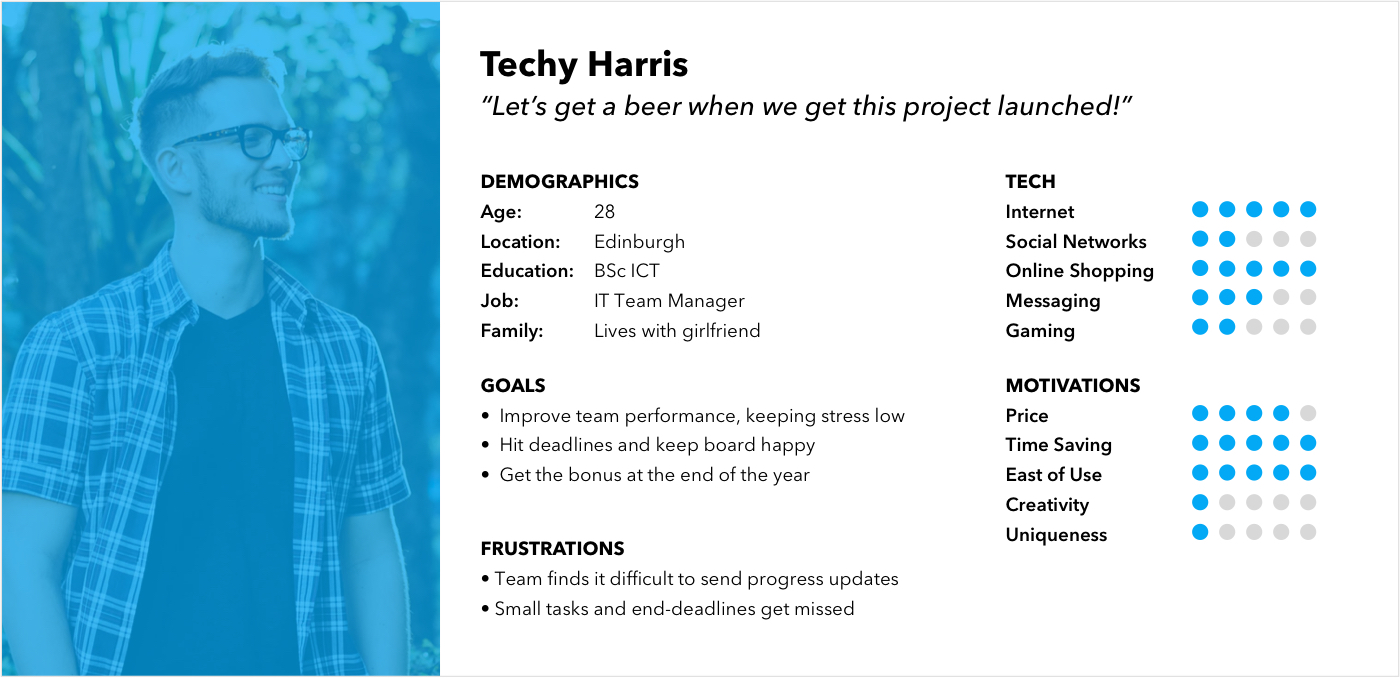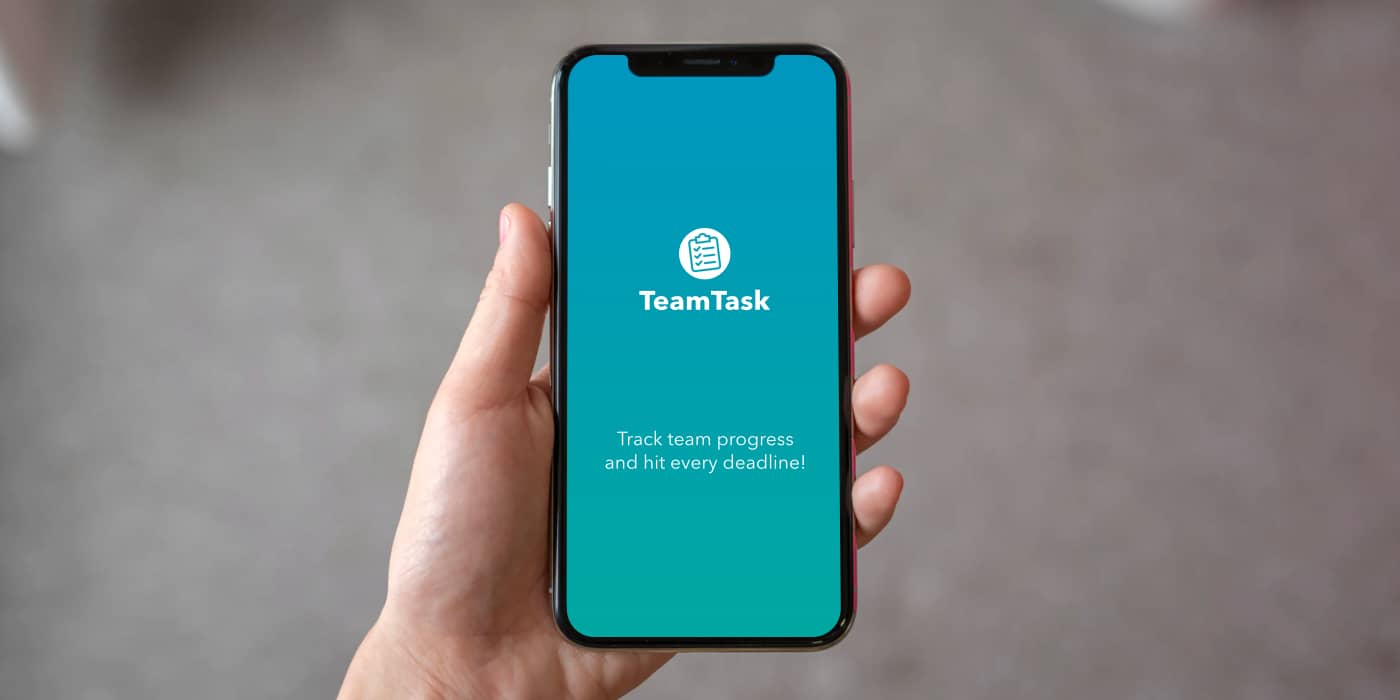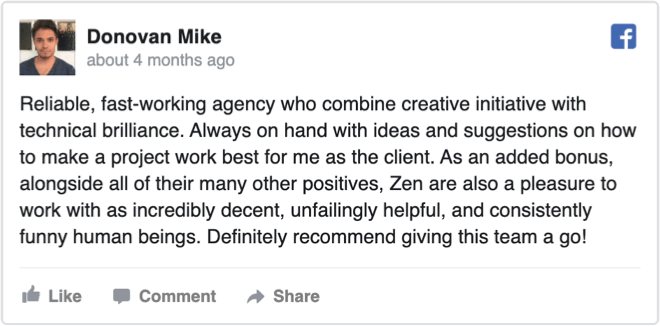When the time comes to invest in a new website, brochure or other marketing collateral, an essential but often dreaded first step is to write your content.

Many thousands of words have been written about your business, products and services before. Those words are already out there, in the wild. On print pages, across your website, company Linkedin page or in countless tweets and product videos on YouTube.
It's a big challenge to keep all these words up-to-date and relevant, ready for your next big marketing campaign.
Compelling content connects
Simply recycling old material won't cut it. You need compelling content that will drive the right message, to the right people, in the right place, at the right time. It will accurately describe what you are offering and get people excited about it. Excited enough to connect and buy, sign-up, pledge or shout about what you're offering with friends and family.
"So how can I create compelling new marketing content without the big budget or time investment?", I hear you ask!
By combining a structured step-by-step process fuelled by the passion you have for the products or services you work with every day. Easy!
Every business owner or manager can generate unique marketing material by following the right process and harnessing the passion and commitment they already have within them for their business and what it sells.
Think about what you want to get through to potential customers. What are the key benefits your product offers? Why should customers buy from you? What do you want them to do next?
"Okay, I'm ready. But how long will this take?"
You will certainly need to set aside some time to focus on writing but, depending on how much content you need, we're talking days rather than weeks.
Naturally, the more time you can dedicate to this, the more significant the impact your new marketing material will have.
So, grab a coffee - let's get started!

Step 1. Who is your ideal customer?
Keeping your target audience in mind when writing your content will bring more success than writing to everyone and no one.
Writing focussed with one ideal customer removes the 'hit and miss' effect of merely listing all the features and benefits of your product or service and hoping something sticks.

Create short, simple 'personas' to help build a picture of your audience. These are an approximation of your typical potential customer that profiles their demographic and some interests, creating a picture of a person who isn't real but certainly is realistic.
Longer personas can offer more detail and background about an ideal customer, including life goals, hobbies and where they spend time (social media, sports gym, reading), what motivates them, and so on.
Keeping a person in mind when writing rather than 'the audience' will help you focus on creating meaningful content.
Also, when creating your personas, any feedback from customers is gold dust! Especially if there's a consistent theme running through what multiple people are saying – good or bad. Include this in your personas!
Step 2. What do your customers need?
You may have heard of 'pain points' when talking about how to market to people. These are the main problems that people seem to have that your product or service can solve for them.
For example, software development teams typically have pain points that include a reliance on multiple tools for communication and project management and need to have so many meetings that productivity suffers, work-related stress occurs, and so on. That doesn't sound like much fun! But that's where a product with the solution could come in.

So think about what your customers commonly have issues with and write everything with these pain points in mind. Your content will instantly be easier to relate to, and even more convincing!
Step 3. Why should they use your product or service
Write up solutions for each of your customer's pain points along with how this will positively affect your customer. This will help form a personal connection with what you're offering and perform a crucial part in turning 'potential' into 'paying'.
Using our software development teams example from earlier, we could pitch an online task management tool that allows teams to break up their projects into smaller tasks that they can quickly prioritise and discuss within the application. We would write our benefits as solutions to each pain point, "Feel in control of your work again with stress-free scheduling", "Track team progress and hit every deadline with ease", "Spend less time in meetings and more time completing tasks", and so on.

This kind of content should sit above the general information that you will share about your product or service, including any lists of features that describe what you are offering, both in importance and hierarchy.
You know and believe in what you're selling. However, customers won't just take your word for it. Providing proof that your current customers are satisfied will go a long way to convincing potential customers that they could also benefit from what you have to offer.
Getting testimonials from your customers, even in the form of a short tweet or comment, is essential. It is the core of what's called 'social proof'; strong evidence that your current customers are happy. It's potentially the most useful bit of marketing content you can utilise, anywhere.

Other kinds of social proof include the number of customers you currently have, positive statistics about your products or services ("5/5 star rating on Amazon") and any signs of popularity on social media ("20k Likes on Facebook").
Step 4. Where will customers see your message
Putting your message into context and writing for where it will appear will make a significant impact on its effectiveness.
An advert in a magazine, for example, where someone might be seeing your brand and product for the first time will require a different approach than a remarketing advert online, where you are reminding them of the benefits your product will bring.

A brochure or website will need another approach entirely. Instead of a concise and attention-grabbing headline and message, focused on getting the click or website visit, you'll need to keep in mind that the audience will want more information – but still have a short attention span!
One useful technique for delivering more substantial amounts of information is to split up areas of content. For example, separate a page speaking about your business into two or three key areas, separated by useful headlines – much like this article!
Step 5. When will they be best placed to commit to something?
Like the 'where', 'when' is about putting your content into context.
When will your audience be reading your content? And will it be at a time they are in a position to click buy, sign-up or connect?

The time of when you hit 'send' on a marketing email campaign, for example, has a significant impact on its success. Your audience might be more receptive to your product or service early afternoon through the week, or an evening on the weekend might provide higher engagement.
When marketing from business to business, Thursdays between 11:00 and 14:00 is renowned for being the optimum time for sending an email. Any other day or time is likely to find the recipient too focused on work!
Or say you're a coffee shop looking to increase morning sales, experimenting with an inspiring post to catch early risers in need of your latest beautifully blended coffee!
Think of the when, when you write.
Write what comes naturally!
Answering these questions will help you to start writing good content. Combine that with your passion for what you do and great content will flow naturally.
Don't worry or focus on spelling or grammar immediately – write/type as it comes to you. Take from your passions and experiences. Use paper and a pen, use a laptop, use a tablet, use a napkin – it doesn't matter. The aim is to get the key messages, benefits and selling points out of your brain and into a place where you can work on them.

The final, and most often overlooked step, is to ensure you have someone else read your content! A colleague, friend or professional. This is important to reduce mistakes and help ensure the effectiveness of your content.
The result of all this hard work is that you should start to see your marketing content create a more positive impression with your audiences, connecting new customers and growing your business.
Wishing you good luck, and happy writing!